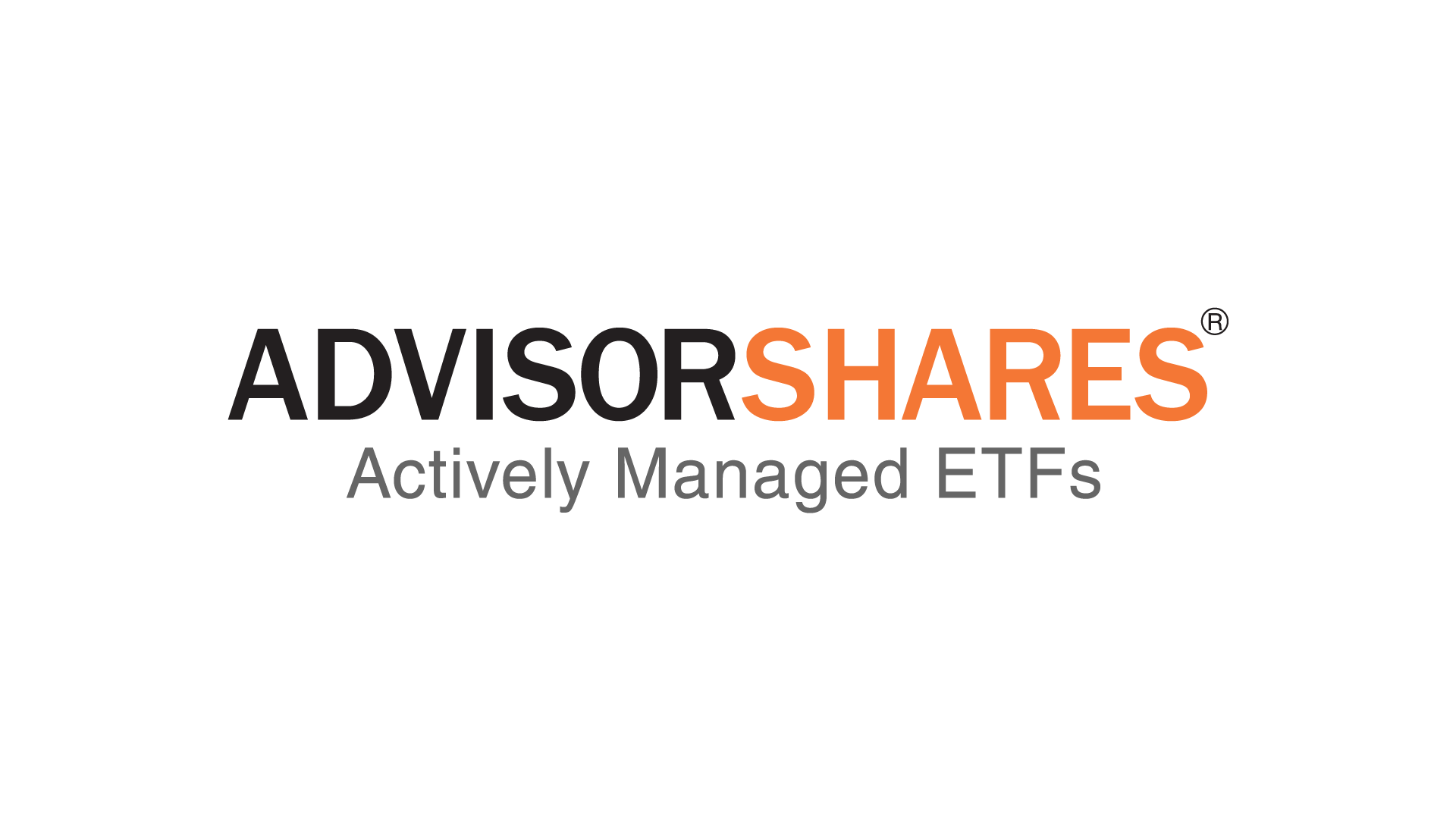Today's new ETF listings from around the world.
USA
AdvisorShares lists two Dorsey Wright ETFs
Maryland-based active ETF specialist AdvisorShares is listing two new Dorsey Wright ETFs that widen out the use of momentum trading in ETFs.
AdvisorShares Dorsey Wright Micro Cap ETF (DWMC)
AdvisorShares Dorsey Wright Short ETF (DWSH)
Both funds will use the Nasdaq-owned Dorsey Wright relative strength criteria for picking stocks. Dorsey Wright's stock-picking method is a type of momentum trading. It judges how quickly a company's share price is rising, and if its rising fast enough over a long enough period, buys the stock. For short selling, it does the opposite, identifying "relative weakness," based on how quickly share prices are falling. No companies' fundamentals or analysis is involved.
DWMC defines microcaps as companies with less than $1bn market cap. In defining its universe of microcap securities, DWMC looks at companies in the lower half of the Russell 2000 based and an additional 1,000 companies that are not included in the Russell 2000. Microcaps must pass a certain minimum liquidity threshold to qualify in the eligible universe. From this universe, DWMC chooses companies based on relative strength.
DWSH will take a very different approach. It will short sell US large caps and large-cap ETFs, and work something like an inverse ETF. Specifically, the fund "will identify and short those securities with the highest relative weakness," the prospectus says, and "identify market periods, typically after severe market corrections, where the stocks with the most relative weakness may subsequently outperform the broader market." Beyond this, not much else is specified in the prospectus.
Analysis - MTUM has inspired
The smart beta moment has produced a lot of rubbish, but also some real hits. One of the biggest hits - i.e. by performance and AUM - has been the iShares Edge MSCI USA Momentum Factor ETF (MTUM). MTUM's has gathered $9.1bn AUM in five years and delivered a 1-year return of 25%. Its success has put momentum ETFs on the map and proved the sceptics - who argued that momentum strategies implied too much portfolio turnover for an ETF - dead wrong. The string of Dorsey Wright ETFs listed this year have taken note of the success of MTUM and are attempting to cash in.
Why does momentum trading work? Partly because it's counterintuitive. Most people are value investors by instinct, looking for price dips and waiting patiently to buy. Most investors believe in market cycles, and have something of a circular conception of time. They believe that what goes down must come up, and thus the best time to get greedy is when everyone else is scared.
But momentum's proposition is the opposite. It argues that the best time to get greedy is when everyone is greedy. It waits for prices to rise quickly, and once they've risen buys those that have risen most. Value investors find this line of thinking grating - and risky. And it's arguably this very riskiness (and value investors aversion) that creates the premium that momentum traders harvest.
The success of momentum ETFs is also a sign of the times. Value investing has been on its back for years now. The longest bull run in history, driven by the US-China tech boom, has made momentum a hands-down winner. But could that change in the near future? Very possibly. And if it does, value loyalist could have the world to win.



